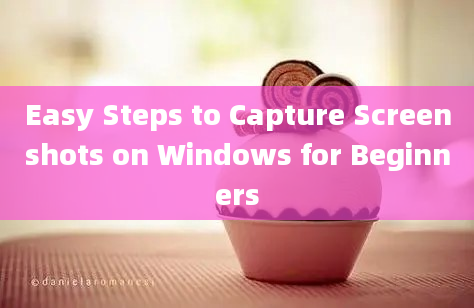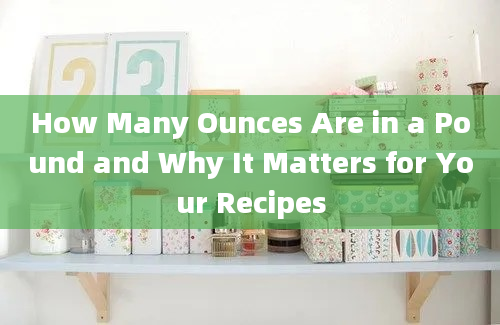Mastering Liquid Measurements: Cups to Quarts Explained

Understanding liquid measurements is crucial in both culinary and scientific contexts. Whether you're following a recipe or conducting a laboratory experiment, accurate conversions between different units of measurement are essential. One common conversion that often causes confusion is cups to quarts. This article aims to provide a comprehensive explanation of this conversion, backed by authoritative sources.
The Basics of Liquid Measurements
Liquid measurements in the United States are primarily based on the US customary system. The key units in this system include teaspoons, tablespoons, cups, pints, quarts, and gallons. Each unit has a specific relationship to the others, making conversions straightforward once you understand the basics.
Cup (c): A cup is a unit of volume commonly used in cooking. One US cup is equal to 8 fluid ounces.
Quart (qt): A quart is a larger unit of volume. One US quart is equal to 32 fluid ounces.
Conversion: Cups to Quarts
The conversion from cups to quarts is based on the relationship between these two units. According to the National Institute of Standards and Technology (NIST), 1 US quart is equivalent to 4 US cups.
\[ 1 \text{ quart} = 4 \text{ cups} \]
This means that to convert cups to quarts, you divide the number of cups by 4. Conversely, to convert quarts to cups, you multiply the number of quarts by 4.
Practical Examples
1. Converting 8 Cups to Quarts:
\[ 8 \text{ cups} \div 4 = 2 \text{ quarts} \]
2. Converting 3 Quarts to Cups:
\[ 3 \text{ quarts} \times 4 = 12 \text{ cups} \]
Importance of Accurate Measurements
Accurate liquid measurements are vital for several reasons:
1. Consistency in Recipes: Ensuring that the proportions of ingredients are correct can make the difference between a successful dish and a culinary disaster.
2. Scientific Precision: In scientific experiments, precise measurements are crucial for obtaining reliable results.
3. Economic Efficiency: Proper measurements can help in avoiding wastage of ingredients.
Tools for Measurement
To ensure accuracy, it's essential to use the right tools:
Measuring Cups: These are specifically designed for liquid measurements and come in various sizes.
Measuring Spoons: Useful for smaller quantities.
Graduated Cylinders: Commonly used in laboratories for precise measurements.
Conclusion
Mastering liquid measurements, particularly the conversion from cups to quarts, is a fundamental skill that enhances both culinary and scientific endeavors. By understanding the basic relationships between these units and using the right tools, you can ensure accuracy and consistency in your measurements.
For more detailed information on US customary units and their conversions, you can refer to the [National Institute of Standards and Technology (NIST)](https://www.nist.gov/).
Frequently Asked Questions (FAQs)
Q1: How many cups are in a quart?
A1: There are 4 US cups in 1 US quart. This conversion is based on the US customary system of measurement.
Q2: How do you convert cups to quarts?
A2: To convert cups to quarts, you divide the number of cups by 4. For example, 8 cups divided by 4 equals 2 quarts.
Q3: What is the difference between a US cup and a US quart?
A3: A US cup is a smaller unit of volume equal to 8 fluid ounces, while a US quart is a larger unit equal to 32 fluid ounces, or 4 cups.
Q4: Why is it important to use accurate liquid measurements in cooking?
A4: Accurate liquid measurements are crucial in cooking to ensure the correct proportions of ingredients, which can significantly affect the taste and texture of the final dish.
Q5: Can I use a regular drinking cup to measure liquids in a recipe?
A5: It is not recommended to use a regular drinking cup for precise liquid measurements in recipes. Measuring cups designed for culinary use provide more accurate results.
Q6: How many fluid ounces are in a quart?
A6: There are 32 fluid ounces in 1 US quart.
Q7: How many quarts are in a gallon?
A7: There are 4 US quarts in 1 US gallon.
Q8: What is the best tool for measuring small amounts of liquid?
A8: Measuring spoons are the best tools for measuring small amounts of liquid, as they come in various sizes and provide accuracy.
Q9: How can I ensure precise measurements in a laboratory setting?
A9: In a laboratory setting, using graduated cylinders and other precision instruments designed for scientific measurements can ensure accuracy.
Q10: Where can I find more information on US customary units of measurement?
A10: You can find comprehensive information on US customary units of measurement from the [National Institute of Standards and Technology (NIST)](https://www.nist.gov/).
By understanding these conversions and utilizing the right tools, you can achieve precision in both your culinary and scientific endeavors.










